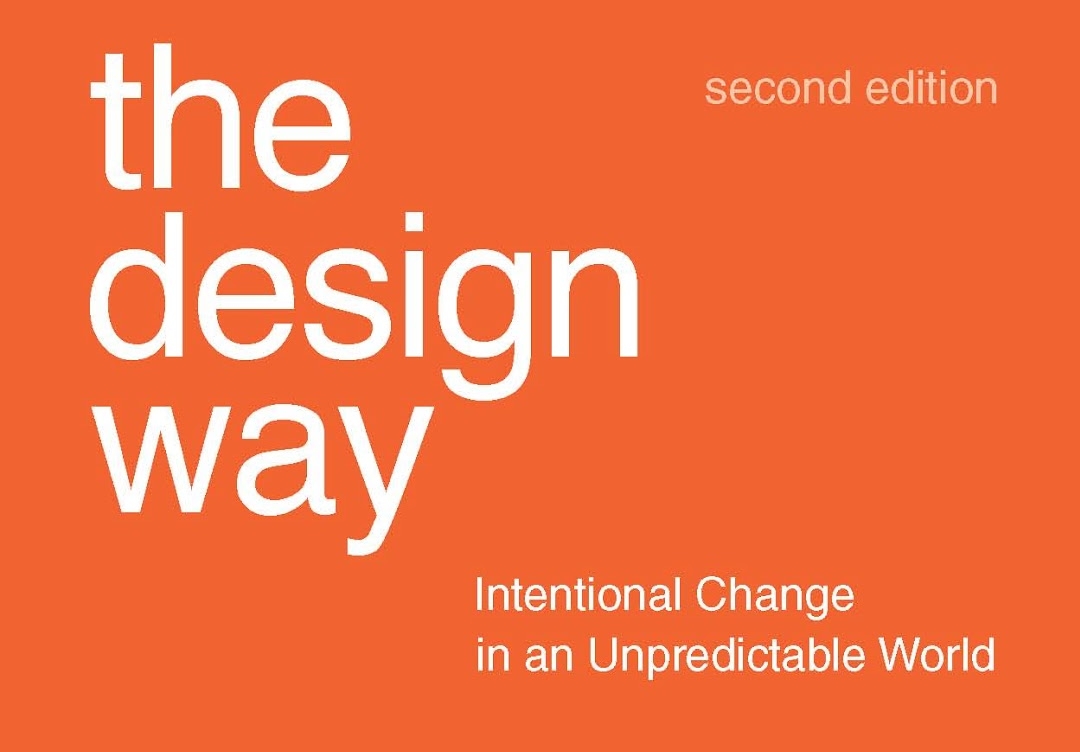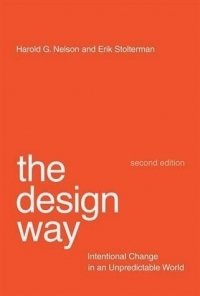If you would like a more comprehensive understanding of design thinking, design inquiry, and design culture, from a systemic perspective, you will gain many useful insights from this book.
The Design Way: Intentional Change in an Unpredictable World
By Harold G. Nelson, and Erik Stolterman
MIT Press (MA) 2012
Humans did not discover fire–they designed it. Design is not defined by software programs, blueprints, or font choice. When we create new things–technologies, organizations, processes, systems, environments, ways of thinking–we engage in design.
With this expansive view of design as their premise, in The Design Way, Harold Nelson and Erik Stolterman make the case for design as its own culture of inquiry and action. They offer not a recipe for design practice or theorizing but a formulation of design culture’s fundamental core of ideas. These ideas–which form “the design way”–are applicable to an infinite variety of design domains, from such traditional fields as architecture and graphic design to such nontraditional design areas as organizational, educational, interaction, and health care design. Nelson and Stolterman present design culture in terms of foundations (first principles), fundamentals (core concepts), and metaphysics, and then discuss these issues from both learner’s and practitioner’s perspectives.
The Design Way provides a broad and deep understanding of design as a philosophy and a practice. It offers illuminating insights for leaders and managers interested in bringing the design way of thinking to business.
The process of design is always the most effective and efficient means of getting organizations and individuals to new places. Design is therefore about leadership—and leadership is therefore an essential element of any design culture. Leadership today demands action and the ability to act, based on an overwhelming amount of insufficient information within restrictive limits of resources and time.
These demands cannot be met solely from within the traditions of science, art, or pragmatic technology. These demands require leaders to imagine and implement adequate responses that are sustainable—in all their implications. This is a task that calls for judgment—not problem solving. It calls for good compositions—not true solutions.
We argue that The Design Way is not only for designers, but for leaders as well. We believe that leaders and designers are often one and the same, and that it is important for leaders to recognize their challenge as that of a designer—to find direction and destination via the design tradition.
Buy The Design Way on Amazon
See also: Design Thinking as a Strategy for Innovation.






